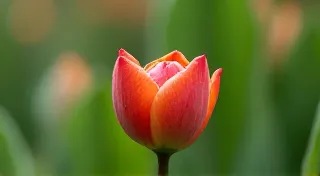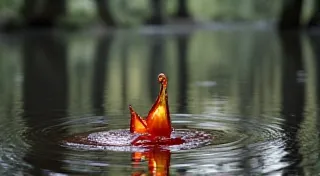Veiled Histories: Deciphering the Subconscious in Paper Marbling’s Swirls
There's a quiet melancholy that clings to antique accordions. The faint scent of aged leather, the intricate carvings worn smooth by countless hands, the ghost of melodies lingering in the bellows – they whisper of lives lived, of stories untold. It’s a sentiment I often feel when I'm immersed in the process of paper marbling, an art form that, like those beloved instruments, possesses a surprising depth and a peculiar intimacy.
A Journey Through Time and Texture
Paper marbling, in its essence, is the creation of designs on paper or fabric by floating pigments on a thickened water bath and then transferring them. It’s ancient, the techniques traceable back to 15th-century Persia, where it was used to embellish royal textiles, and to Japan, where it’s known as *suminagashi*. European artisans adopted and adapted the methods, creating stunning examples used to decorate endpapers in illuminated manuscripts, and later, bookbinding.
What truly captivates me isn’t just the aesthetic beauty – the flowing landscapes of color that emerge seemingly at random – but the potential for profound self-discovery embedded within the process. It's a conduit, I believe, to the subconscious, a visual representation of the swirling thoughts and emotions that reside just below the surface of our awareness.
My first encounter with paper marbling was accidental. I’m a collector of antique tools, drawn to the evidence of human craftsmanship – the subtle imperfections in a hand-forged chisel, the worn grooves in a woodworker’s plane. A local estate sale yielded a box of forgotten marbling supplies: carrageenan powder, a few dried pigments, and a single, water-stained sheet of marbled paper. Intrigued, I spent an afternoon experimenting, initially frustrated by the unpredictable nature of the medium. Each attempt yielded a different result, a chaotic dance of color that defied my attempts at control.
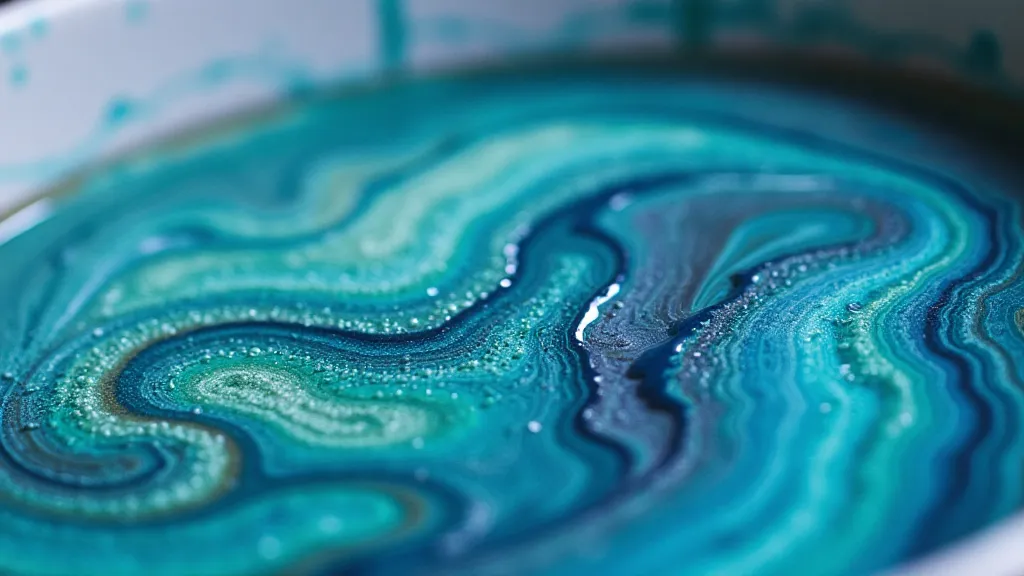
The Alchemy of Color and Emotion
It was in this perceived lack of control that I began to see the art’s true potential. Unlike painting or drawing, where the artist dictates every stroke, marbling invites collaboration. You’re working *with* the materials, responding to their behavior, allowing the process to guide you. The resulting patterns are not merely decorative; they are a record of that interaction – a visual echo of your emotional state at the moment of creation.
The “size,” the thickened water bath that suspends the pigments, plays a crucial role. Carrageenan is often used, a natural extract derived from seaweed. The viscosity determines how the pigments float and interact. Too thin, and the colors will bleed together into a muddy mess. Too thick, and they’re static and lifeless. Finding the right balance is a delicate process, a dance between science and intuition.
The pigments themselves carry symbolic weight. Ochres and umbers evoke earthiness and stability. Blues and greens suggest tranquility and growth. Reds and purples can be associated with passion and transformation. Even the subtle nuances within each color – the warmth of a crimson, the coolness of a cerulean – contribute to the overall emotional impact of the marbled paper. Think about it—the way a particular hue might resonate with a memory, a feeling, or an association.
Deciphering the Subconscious Landscape
When I examine my own marbled papers – and those of other artists – I find myself drawn into their intricate patterns, searching for clues to the creator’s inner world. A chaotic swirl might indicate a period of emotional upheaval. A calm, flowing design could reflect a state of peace and contentment. A cluster of dark pigments might suggest unresolved anxieties. It’s not a science, of course; interpretation is subjective.
The process of restoring antique marbling, incidentally, offers a unique window into the past. The deterioration of the pigments over time can reveal fascinating details about the original colors and techniques. Sometimes, faint, underlying patterns are uncovered, hinting at the layers of history that lie beneath the surface. Just as an accordion repairer might uncover the original finish of an instrument, a paper marbling restorer can reveal the initial beauty of a piece.
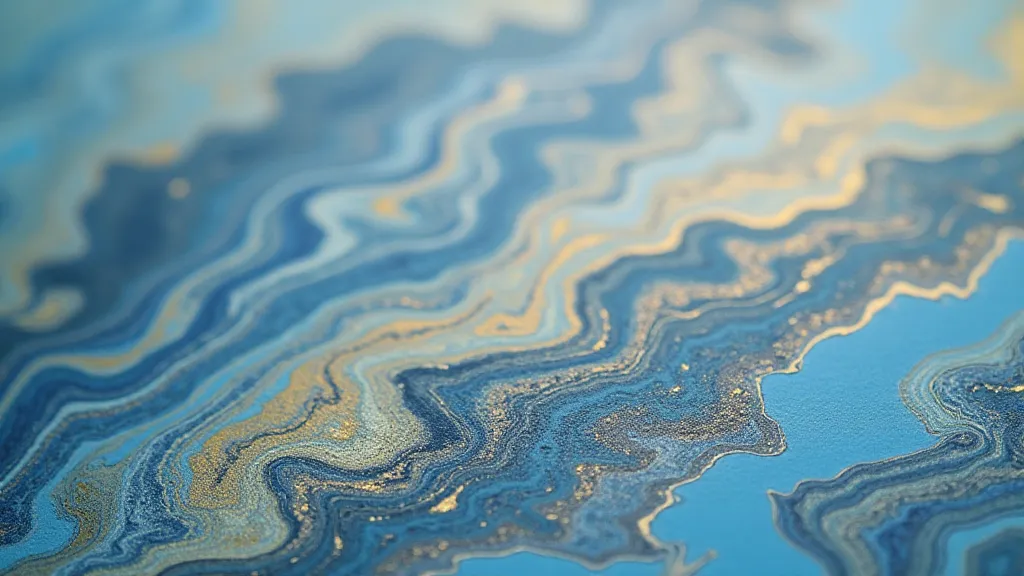
The Enduring Allure of Imperfection
What’s often overlooked is the beauty of imperfection in paper marbling. These aren’t factory-produced products; they’re handmade, unique pieces of art. The occasional bleed, the slight variation in color, the unexpected swirl – these aren’t flaws; they’re evidence of the human touch, a testament to the process's inherent unpredictability. It’s akin to the character lines on an antique face—they tell a story.
There’s a serenity that comes from accepting this lack of control, from surrendering to the flow of the process. It’s a lesson that extends far beyond the art of paper marbling – a reminder that life itself is often unpredictable, and that true beauty lies in embracing the unexpected.
Recently, I found a small, damaged accordion at a flea market. It was missing a few keys and the bellows were cracked, but the mother-of-pearl inlay was exquisite. As I carefully cleaned and repaired it, I thought about the connection between that instrument and the marbled paper I create. Both are testaments to human ingenuity, to the enduring power of handmade objects, and to the beauty of imperfection. Both offer glimpses into the lives of those who came before us, whispering stories of passion, creativity, and the enduring human spirit.
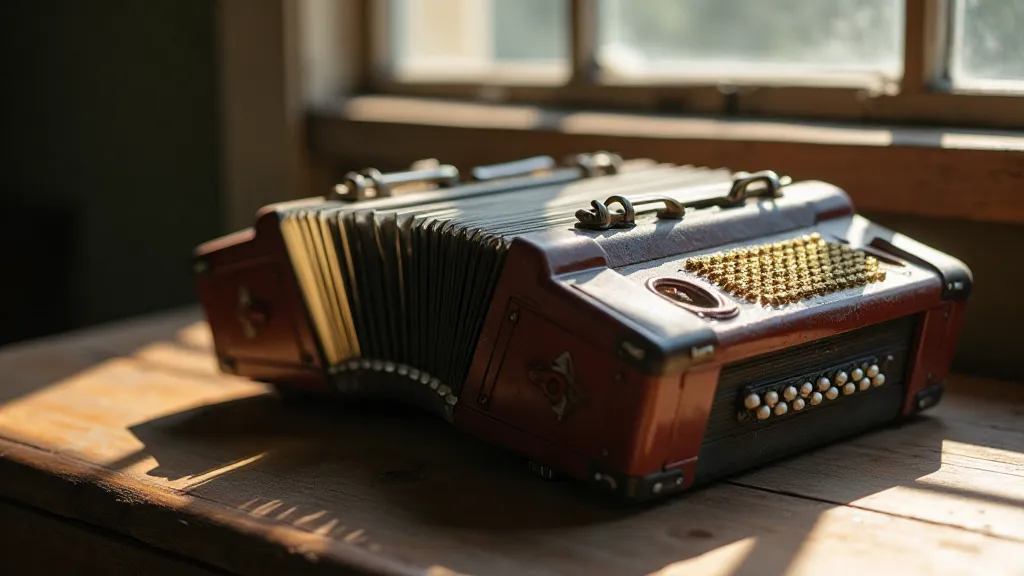
The swirls of paper marbling, like the melodies of an antique accordion, offer a portal to a deeper understanding of ourselves and the world around us—a quiet, veiled history waiting to be deciphered.


